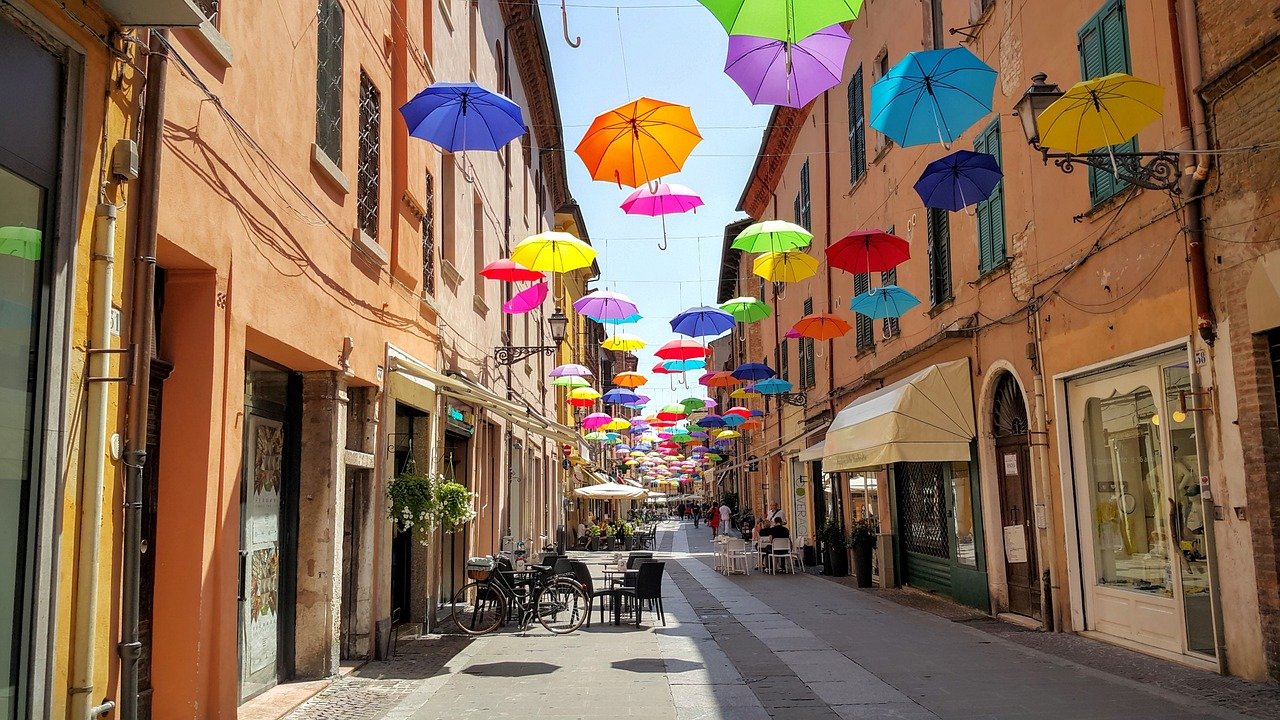Fez weather is a topic of great interest to many visitors and residents alike. The city of Fez, located in the northern part of Morocco, experiences a Mediterranean climate, characterized by mild, wet winters and warm, dry summers. The average temperature in Fez ranges from around 10°C (50°F) in the winter to around 30°C (86°F) in the summer, with occasional extreme temperatures reaching as low as -5°C (23°F) or as high as 40°C (104°F).
One of the most notable features of Fez weather is the amount of rainfall the city receives. The city has a yearly average of around 600mm (24 inches) of precipitation, with most of it falling during the winter months of December, January and February. During these months, heavy rains can cause flash flooding and landslides, making it important for travelers to be prepared and aware of the weather forecast.
Another important aspect of Fez weather is the humidity levels. The city’s location on the western side of the Rif Mountains and its proximity to the Atlantic Ocean, makes it very humid, with an average humidity of around 75%. This high humidity can make the heat during summer months feel quite oppressive, and can make the cold during winter months feel even colder.
In general, the best time to visit Fez is during the spring or fall months, when the weather is mild and comfortable. The months of April, May, September, and October are ideal for exploring the city and its many cultural and historical sites, as the temperatures are generally in the mid-20s (Celsius) to low 30s (Celsius). During these months, the humidity is also lower, making it more comfortable to be outdoors.
| Month | Low (°C) | High (°C) | Low (°F) | High (°F) | Rain (%) | |
|---|---|---|---|---|---|---|
| January | 5 | 15 | 41 | 59 | 80 | |
| February | 5 | 15 | 41 | 59 | 70 | |
| March | 8 | 18 | 46 | 64 | 60 | |
| April | 10 | 20 | 50 | 68 | 50 | |
| May | 15 | 25 | 59 | 77 | 40 | |
| June | 20 | 30 | 68 | 86 | 20 | |
| July | 25 | 35 | 77 | 95 | 10 | |
| August | 25 | 35 | 77 | 95 | 10 | |
| September | 20 | 30 | 68 | 86 | 20 | |
| October | 15 | 25 | 59 | 77 | 40 | |
| November | 10 | 20 | 50 | 68 | 50 | |
| December | 5 | 15 | 41 | 59 | 80 |
In addition to the spring and fall, the months of June, July and August can also be a good time to visit Fez, as these months typically experience the least amount of rainfall and the temperatures are at their warmest. However, it’s important to keep in mind that the heat can be quite intense during these months, so it’s best to plan outdoor activities for the early morning or late afternoon when temperatures are milder. Also, it’s important to stay hydrated and to protect yourself from the sun.
Another factor to consider when planning a trip to Fez is the city’s busy tourism season. The months of June through September are the busiest in terms of tourism, and during this time, hotel prices may be higher, and popular tourist sites may be more crowded. If you prefer a more low-key experience, it’s best to visit during the shoulder seasons of spring and fall, when there are fewer tourists and prices are typically lower.
The cultural events and festivals that take place in Fez are also an important consideration when planning a trip. The city is home to several festivals throughout the year, including the Fez Festival of World Sacred Music and the Fez Festival of Sufi Culture, both of which take place in June and offer a glimpse into the city’s rich cultural heritage. If you’re interested in experiencing one of these festivals, it’s best to plan your trip accordingly.
All in all, the best time to visit Fez depends on your personal preferences and interests. Whether you’re looking for mild weather, low humidity, or the chance to experience a cultural festival, there’s a perfect time for everyone to visit this beautiful and historic city. It’s always a good idea to check the weather forecast and plan accordingly, and to be prepared for any unexpected changes in weather conditions.



